How To Take Care of Moringa Plant During Winter?
In winter, you must shield your moringa from frost by moving it indoors or providing a protective cover. Reduce watering, but don’t let the soil dry out completely. Prune sparingly, and ensure it receives adequate sunlight.
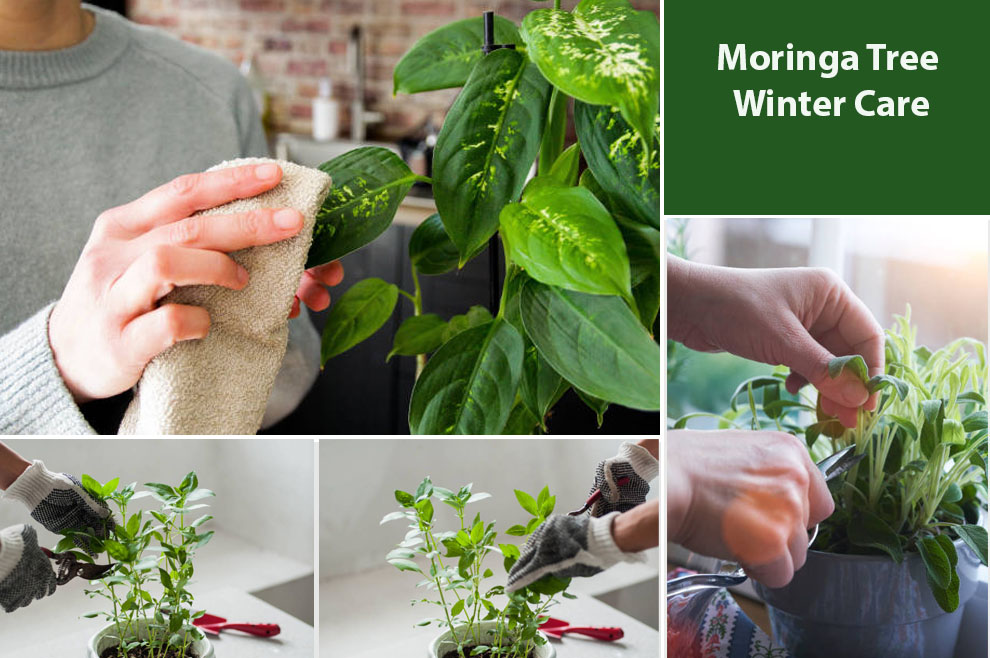
As the temperature drops, the Moringa tree’s lush vitality is challenged by the harsh climatic conditions. Native to sub-tropical climates, Moringa plants are inherently susceptible to cold weather.
Hence, they are suitable for those who can offer adequate care during the winter season.
Ensuring their well-being involves a series of crucial steps. Moringa tree winter care begins with regulating their watering schedules to shielding them against frost.
Proper insulation, such as using a frost cloth and mulching, also becomes imperative to safeguard their delicate branches and leaves against the freezing weather.
In addition, pruning the weakened and damaged growth enables the plant to direct its energy to the vital areas.
Understanding these pivotal measures can fortify the Moringa’s resilience and set the foundation for a thriving spring resurgence, ensuring your Moringa flourishes for many decades.
What Does The Moringa Tree Need for Winter Care?
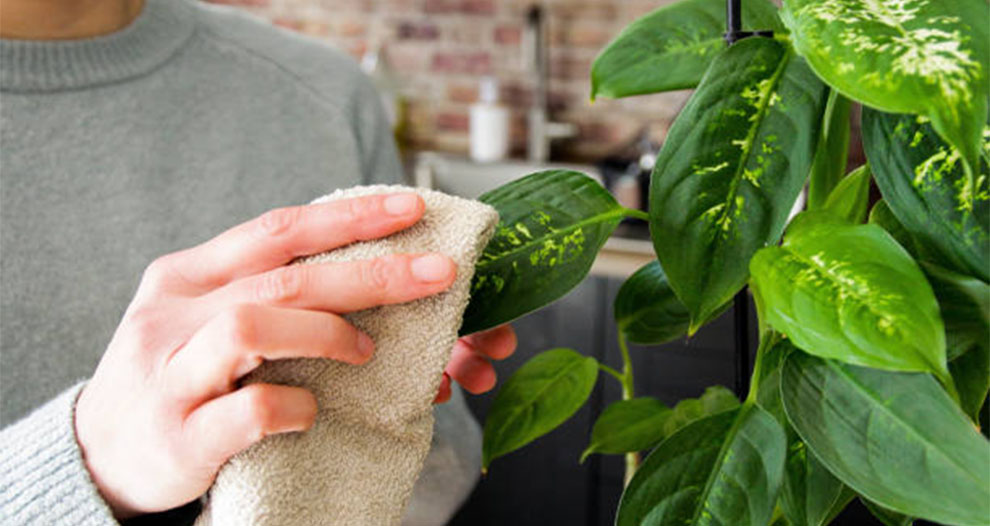
The Moringa plant’s susceptibility to cold weather stems from its subtropical origins. Exposure to freezing and frost conditions can be detrimental.
Below, we will take you through some crucial prerequisites to guard your Moringa plant in winter and ensure its well-being in low temperatures.
A. Moringa tree temperature range
Moringa trees thrive in a temperature range between 77°F to 95°F (25°C to 35°C). These subtropical plants are sensitive to colder temperatures.
Hence, they can suffer damage if they are exposed to a temperature below 50°F (10°C). Thus, it is vital to offer adequate protection and insulation during winter to avoid any adverse effects on their overall health and growth.
B. What zone does moringa grow in?
You can grow Moringa trees best in USDA hardiness zones nine through eleven, which encompasses the regions with relatively mild winters.
These zones encompass the areas with minimum average temperature between 20°F (-6.7°C) and 40°F (4.4°C). In these climates, Moringa can thrive around the year.
But in colder regions, you must take additional steps towards winter care to shield the plant against low temperatures and potential frost damage.
C. Moringa sunlight requirements
Moringa plants are sun-loving. They need at least six hours of direct sun daily to flourish. They love full sunlight conditions, where they can receive the maximum amount of light.
Adequate sun is imperative for photosynthesis, which is vital for their overall health and growth. When grown indoors, place the Moringa potted plants near a south-facing, bright window.
Alternatively, you can use artificial grow lights to cater to their sun requirements.
D. Moringa seasonal care changes in winter
You need to take careful measures to adapt and alter the care routine for the Moringa plants.
It involves insulation to protect them against cold, lowering the watering frequency to avoid waterlogged soil, and potentially relocating the plants indoors when the temperature drops.
Regular pruning to eliminate damaged growth and ensuring sufficient sunlight are also crucial adjustments. These changes ensure the plant’s survival and promote healthy growth in harsh climates.
How To Take Care Of Moringa Plant During Winter?
Below, we will delve into some crucial steps necessary for the Moringa plant care during the winter.
From shielding them against temperature drops to altering their watering schedules, we will offer detailed guidelines to ensure your Moringa thrives in the chilly temperatures.
A. Getting ready for winter in advance
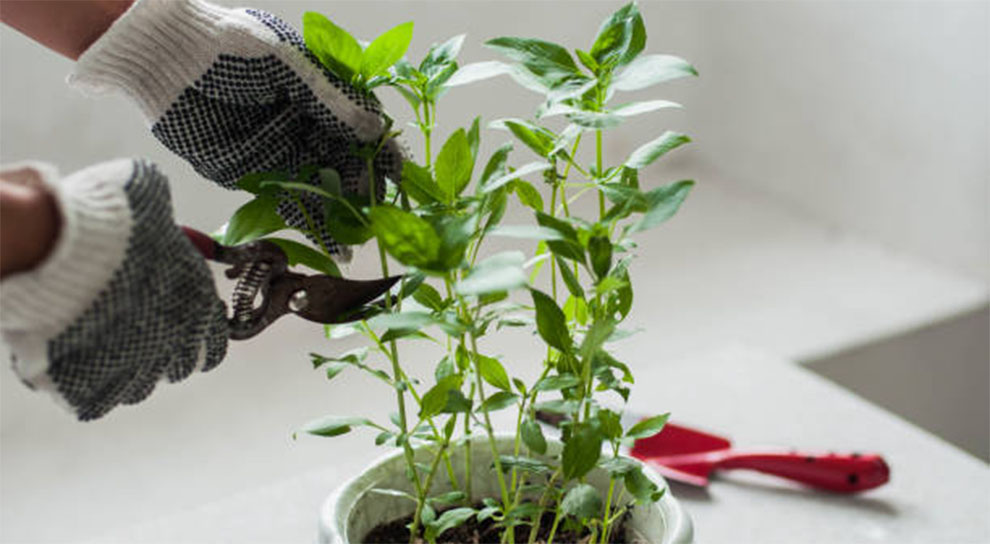
1. Prune it before winter
To prepare your Moringa plants for winter, some proactive measures are imperative. You can start by trimming away any diseased or dead branches or weak or excessive growth.
It promotes overall plant health and ensures it directs the energy towards vital areas. Further, consider lowering the plant’s height to facilitate easier protection against frost.
By employing these steps in advance, you set the foundation for a resilient Moringa that can endure the challenges of colder months.
2. Getting covers and wraps for winter
Securing ample wraps and covers is vital to safeguard your Moringa plant during the winter. You can employ burlap or frost cloths to shield them against freezing weather and potential frost damage.
Further, ensure the cover is fastened securely around the plant, enabling it to breathe while still offering insulation.
For potted plants, consider wrapping the container with an insulating material or bubble wrap to ensure the roots do not get too cold. These protective measures are imperative in maintaining the plant’s vitality across the winter season.
3. Transplanting Moringa to a suitable location if necessary
When growing a Moringa plant in regions susceptible to harsh weather, transplanting it to a more conducive location can be a prudent step.
Look for a spot indoors, such as a bright, south-facing window or a greenhouse, wherein your plant can get adequate sun and protection from harsh temperatures.
Ascertain the new location has well-draining soil and adequate space to accommodate the plant’s growth. Transplanting Moringa before winter sets in can help your plant thrive in colder months and reduce the risk of cold-inflicted damage.
4. Mulching to protect the roots from frost
Mulching is a vital aspect of Moringa tree winter care. So, apply a thick organic mulch layer, comprising wood chips or straw around the plant’s base.
It works like an insulation, guarding the roots from freezing temperatures and potential frost damage. While mulching, ensure it is spread evenly and reaches a depth of approximately two to three inches.
Further, leaves a small gap around the stem to avoid moisture buildup. Mulching effectively preserves the root system’s health, adding to its overall winter resilience.
B. How to protect your Moringa Plant in winter?
Below we will outline some vital proactive measures to ensure your Moringa plant thrives through the winter months.
From some insulation techniques to strategic placement, we will offer a comprehensive approach to safeguard your plant from the challenges that cold weather throws in.
1. Using temporary shelters or covers to shield Moringa from frost
Employing temporary covers or shelters is an effective strategy to guard your Moringa plant from frost during winter.
Employ materials like blankets, frost cloths, or even plastic sheets to create a protective barrier around the plant. Please ensure the cover is securely anchored to avoid wind from dislodging it.
While straightforward, it is a crucial step that can make a mammoth difference in safeguarding the plant’s delicate foliage and preventing frost-inflicted damage, ensuring its continued vitality and health across the winter season.
2. DIY methods for creating protective enclosures
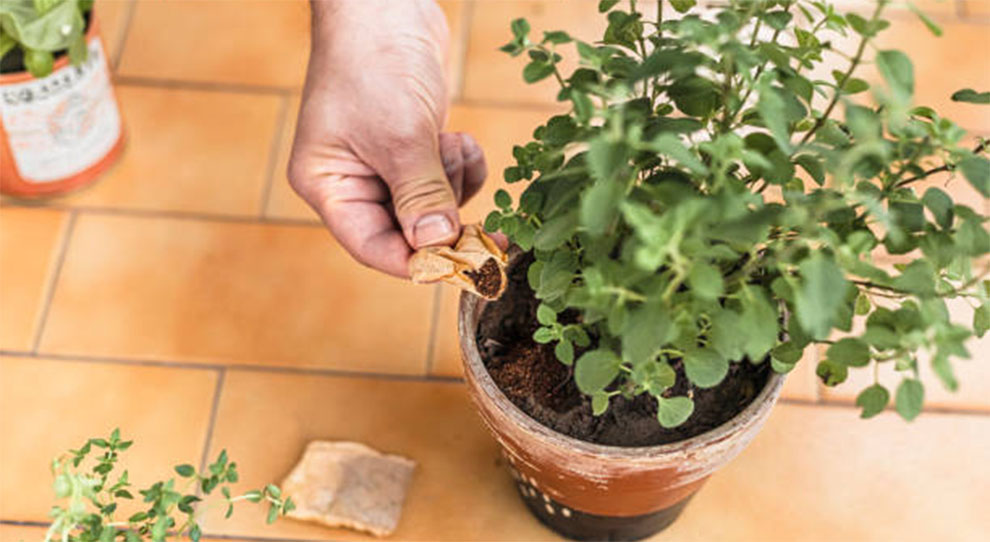
Crafting the protective enclosures is a practical and cost-effective method for Moringa’s winter care. You can employ materials like wooden stakes or PVC pipes to build a frame around the plant.
Drape blankets or frost cloths over the frame forming a makeshift greenhouse effect.
Further, ensure the covering reaches the ground to effectively trap the heat. For potted Moringa, consider placing a huge cardboard box over the container and secure it with stakes, as needed.
Such DIY enclosures offer insulation against frost and cold, providing a customized solution to guard your Moringa across winter without digging a hole in your pocket.
3. Move it to a location where it gets least affected or indoors if possible
If possible, relocate your Moringa plant indoors or to a less exposed area. It is a strategic method to guard it against the harsh winter conditions.
Look for a spot with adequate sunlight, such as a greenhouse or a south-facing window. This transition guards the Moringa from freezing temperatures and lowers the probability of frost damage.
For potted Moringa, move the container indoors. This controlled environment works like a buffer against the cold, ensuring the plant’s vitality and continued health across the winter. Please remember to acclimate the plant gradually to its new environment to reduce stress.
4. Add a source of light to keep it warm
Supplementing your Moringa plant with additional light sources can be instrumental in keeping the plant warm during the winter.
When growing indoors, use grow lights with a spectrum that mimics natural light. Position the lights above the plant, ensuring they are on for at least 12-16 hours every day.
This exposure to lights can beautifully compensate for the sunlight deficit during winter.
For outdoor Moringa tree winter care, employ string lights with warm bulbs or outdoor-rated heat lamps. They can be a natural and gentle source of warmth.
These measures bolster the plant’s ability to endure colder temperatures, fostering its well-being in the middle of the chilly winters.
C. Moringa Care Routine in Winter
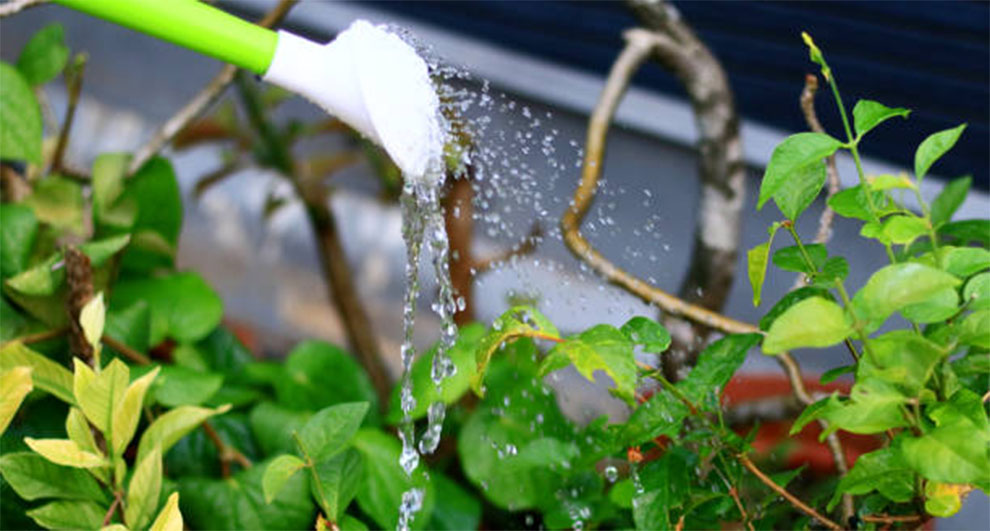
In colder months, it is necessary to alter your Moringa care routine. Below, we will outline the primary winter care requirements to ensure your plant thrives the harsh temperatures.
Watering Moringa in Winter
When the temperature drops, you must change the watering schedule for your Moringa plant. The lower temperatures and reduced sunlight can result in a drop in the moisture requirements.
Hence, let the soil partially dry out between waterings to avoid waterlogging and root rot. You can inspect the soil’s moisture level by sticking a finger in by about an inch.
If the soil feels dry, you can water the Moringa plants. This precautious approach ensures optimal hydration without risking root rot, a prevalent issue in colder months. Please know striking the balance in watering is vital for Moringa’s winter health.
Fertilizers: Manage fertilizer use for reduced growth
During cold temperatures, you must adjust your plant’s fertilizer regimen. With lower temperatures and reduced sunlight, the plant’s growth naturally slows down.
Employing a slow-release balanced plant food sparingly can help provide the plant with vital nutrients without stimulating excessive growth.
Opt for a fertilizer with a relatively lower nitrogen content, as it encourages overall plant resilience and robust root development.
By adopting this fertilizer application approach, you ensure your Moringa receives the considerable nourishment necessary for its winter growth.
Regularly Monitoring the Moringa Plant
Regularly inspecting the Moringa plant’s condition is paramount during the winter. For Moringa tree winter care, keep an eye on the foliage for any signs of stress like discoloration or wilting.
Check the soil’s moisture levels frequently, adjusting the watering schedule accordingly. Inspect for diseases or pests, as these issues can escalate in damp or colder conditions.
Further, look for any changes in the growth pattern. This vigilant oversight helps you promptly address any concerns and incorporate the necessary adjustments, ensuring your Moringa thrives through the winters.
Pruning and Maintenance
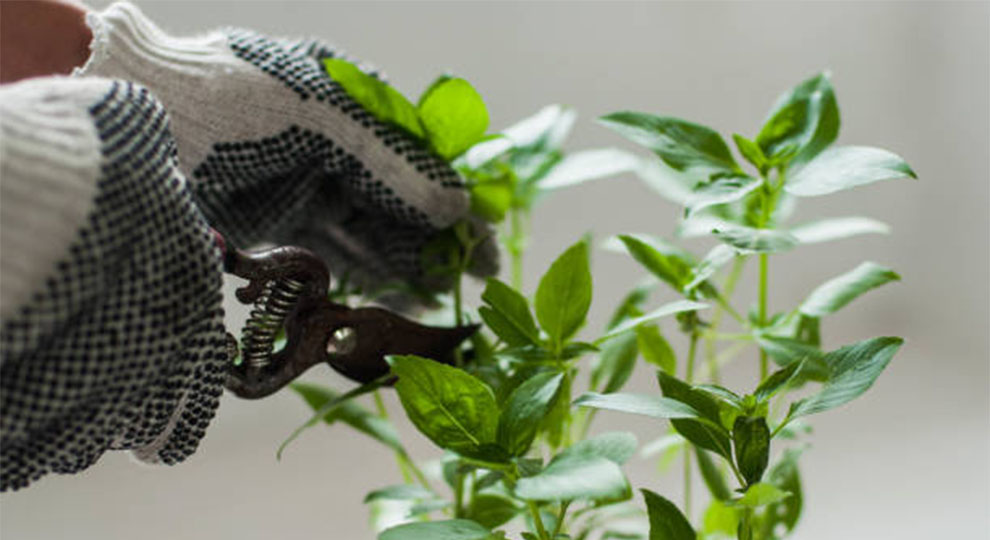
Pruning and maintenance are vital elements of Moringa care. Trim any diseased or damaged branches to promote healthy growth.
Further, shaping the tree by removing weak or excessive growths can redirect the plant’s energy towards vital areas. This accentuates its aesthetic appeal and contributes to the plant’s overall health.
Regular maintenance helps ensure your Moringa continues to be resilient and well-prepared to thrive once the winter subsides.
How To Take Care Of The Moringa Plant During Winter Indoors?
Caring for an indoor Moringa during winter involves several key considerations. Firstly, ensure the plant receives adequate sun by placing it near a south-facing, bright window or using grow lights.
Adjust the watering schedule to accommodate for the reduced moisture requirements, ensuring the soil can partially dry between watering. Regularly monitor the plant for signs of diseases, pests, or stress.
Do not over-feed, as it may trigger excessive growth. Shape and prune the trees as required for appeal and maintenance. By incorporating these measures, your Moringa can thrive in the winter.
Does Moringa Lose Its Leaves In Winter? What Else Does The Cold Do To Moringa Trees?
Yes, it does.
Moringa trees are deciduous and shed their leaves when the temperature drops. It is a natural adaption to reduce water loss and conserve energy during winter.
Further, the cold weather can slow the Moringa plant’s growth rate, causing it to enter the dormant phase. In severe cases, exposure to freezing conditions can inflict damage to the branches and leaves.
Proper winter care, including protection and insulation, is vital to mitigate potential harm and ensure the plant’s resilience.
